Why do we wear purple, and decorate our communion table and lecterns with this colour during Lent?
The use of purple during Lent reminds us of: the Royalty of Christ, His passion and death for our sins, and the coming of spring (renewal).
The Story of a PURPLE Seller
During his second missionary journey, the Apostle Paul finds himself in Philippi, preaching the gospel in Europe. On the Sabbath he meets a businesswoman named Lydia.
Lydia ran a successful business selling a luxury product: purple cloth. This was a unique achievement for a woman during the male-dominated Roman empire.
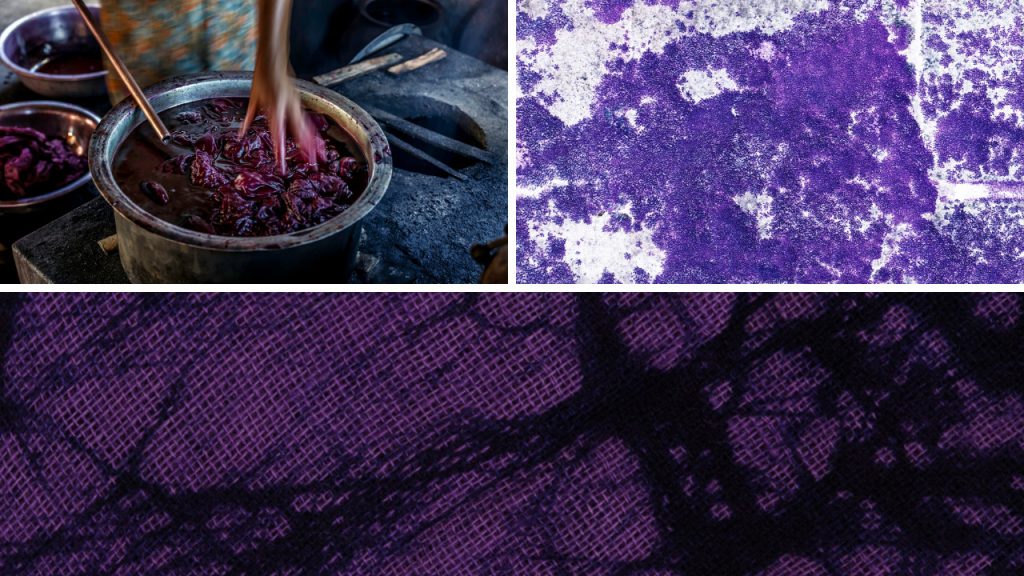
The city of Thyatira was well known for its ability to dye cloth. Such skills made it a prosperous trading town. Lydia was financially well off due to her trade and owned a home both in Thyatira and Philippi.
Lydia and her entire household, after listening to the Apostle Paul preach, became Christians. She is often referred to as the first European convert. Her Philippian home, made prosperous through purple, quickly became a gathering place for fellow believers and the focal point for spreading the gospel in the city.
If you would like to learn more about Lydia – there is a Christian fiction book out that imagines what her life might have been like. It is an uplifting story of courage and HOPE. Book: https://arynthelibraryan.com/meet-lydia-woman-philippi/
The rarity of Purple in nature and the expense of creating its dye have given the colour a great deal of prestige. It is often associated with royalty, nobility, luxury, power, and ambition. Purple also represents meanings of wealth, extravagance, creativity, wisdom, dignity, grandeur, devotion, peace, pride, mystery, independence, and magic.
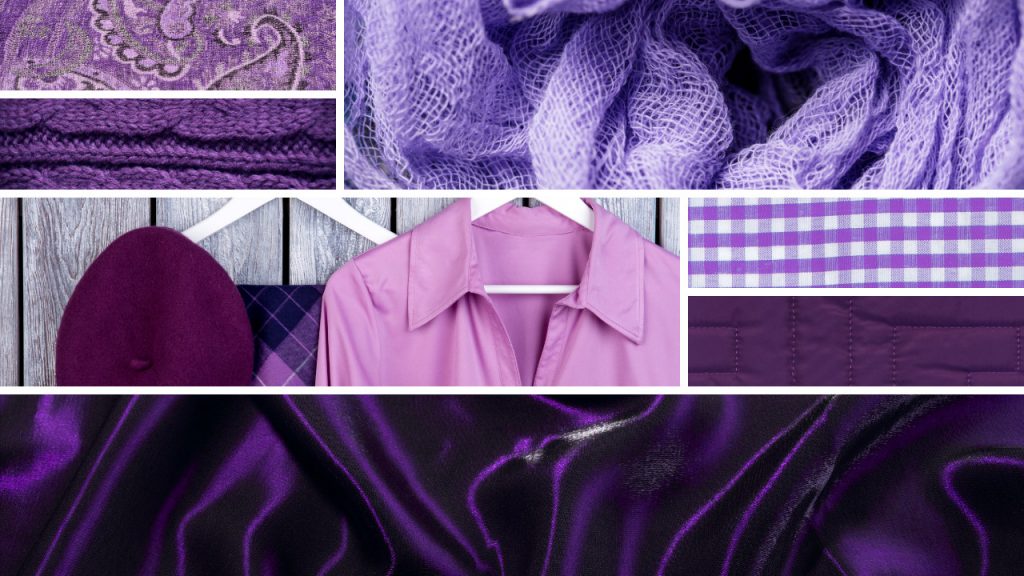
Anciently, the production of purple dye was a long and laborious task. The liquid used to create it came from a tiny Mediterranean Sea snail gland. Each snail produced only a single drop of the needed fluid. To produce one pound of dye, during ancient Roman Empire times, took the acquiring of four million molluscs.
Only a handful of people worldwide still use the ancient Phoenician technique to make purple dye from molluscs. The ancient dye costs $2,700 per gram and the whole process is terribly smelly! It is however still done today. If you would like to see wonderful photos of the snails and each step of the work or even potentially purchase a small box of the dye please check out Facebook page ‘Phoenician/Carthaginian Purple Dye’ .
In February 2021 Israeli Archaeologists Found the First Purple Fabric from King David’s Era .
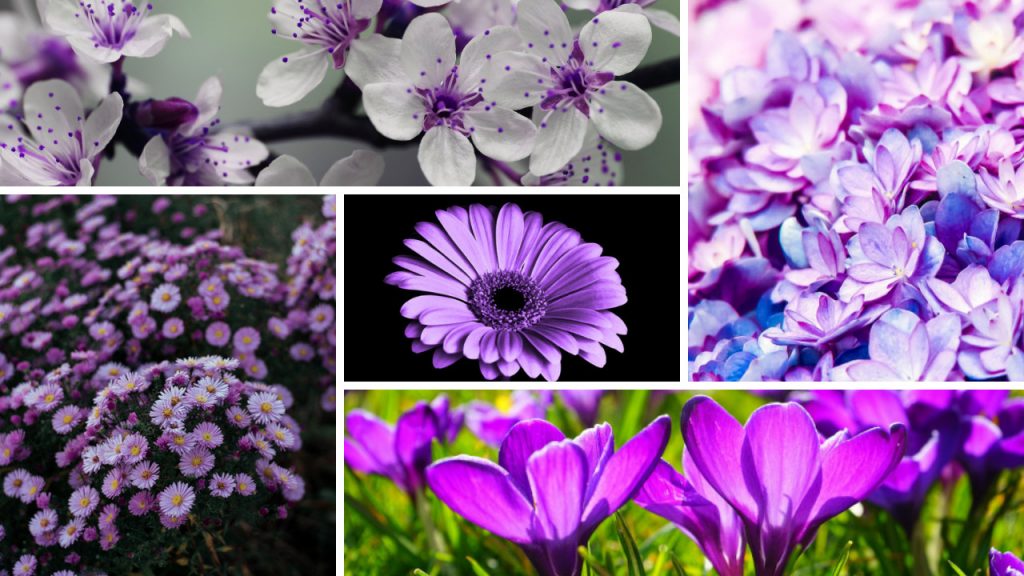
Purple is obtained by mixing red (flesh) and blue (Word of God). It is also a colour of bruising and suffering. The resultant colour meaning in the Bible is royalty or priesthood. Roman Emperors wore the pigment and Catholic Bishops have worn it for many years as well.
The colour purple was an integral part of the temple and its services. It was used in curtains, veils, and carpets found in the tabernacle (along with blue, scarlet and white), as well as the garments worn by the High Priest. Working with it was such an important skill that King Solomon requested from Tyre’s King Hiram a man specializing in dyeing with it (2Chronicles 2:7) to supervise building the temple.
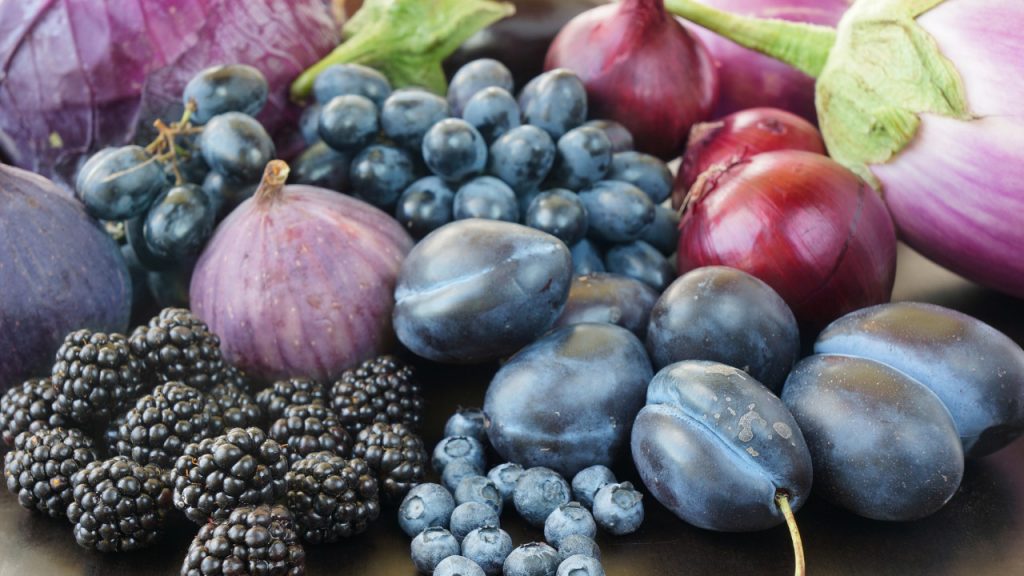
PURPLE Particulars
If we go back to our per-historic existence, our ancestors probably never saw a purple fruit, flower, bird, fish – or any living thing – because purple is very rare in nature. This is hard to imagine in today’s connected world.
Purple is the hardest colour for the eye to discriminate.
Research tells us that the colour purple represents the balance of red simulation and blue calm. In stained glass the colour purple or violet are seen as the uniting of the “wisdom” of blue and the “love” of red and symbolizes justice.
Even though it has a long history of association with kings and rulers, purple is rarely in modern national flags. Only one country, Dominica, uses it in their flag.
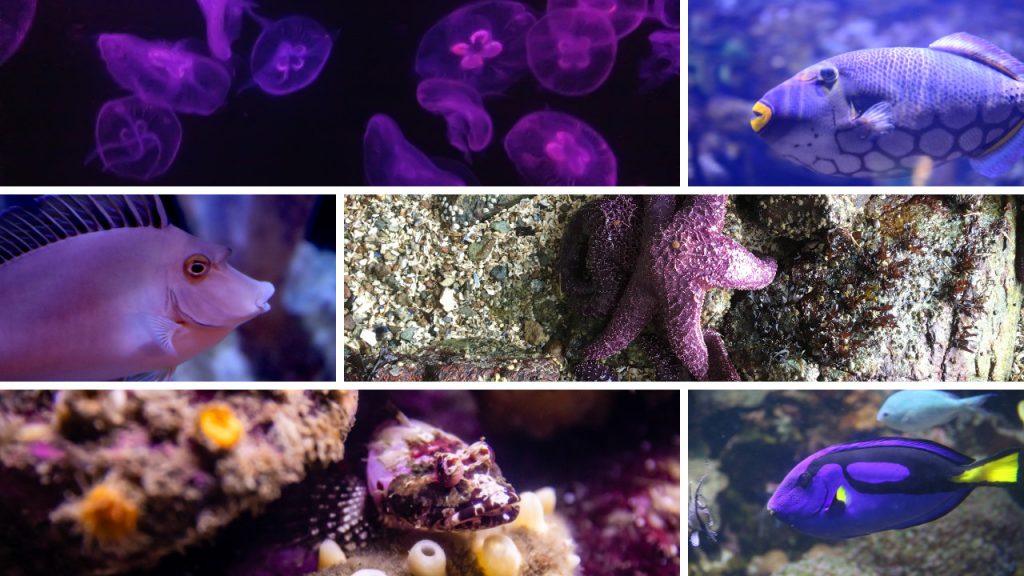
Our oceans appear to be purple, but there is just too little purple light coming from the sun. Water is blue as it is absorbs longer wave length lights such as reds, oranges and yellows but shorter wave lengths such as blue is reflected, making the water appear blue (or sometimes a more green colour). If you changed the physical properties of the water to make it better at absorbing these longer wave lengths of light, it would start to appear purple.
Purple is the most powerful wavelength of the rainbow
Your donations to the Lent & Easter Appeal will be used to support
the people of northern Syria and Turkey in recovering from two powerful earthquakes
Generosity CAN change lives!
Find Knox
5590 Balaclava Street
Vancouver, BC
V6N 1L1 Canada
